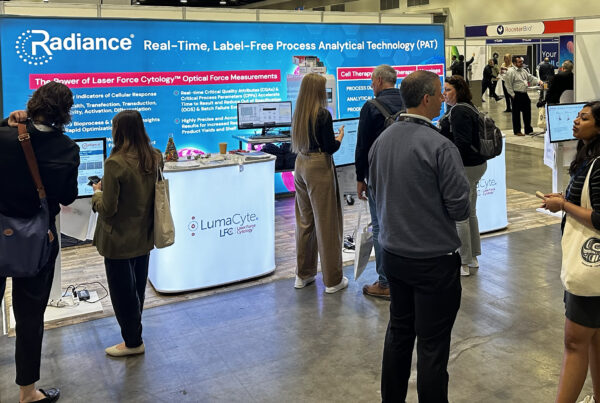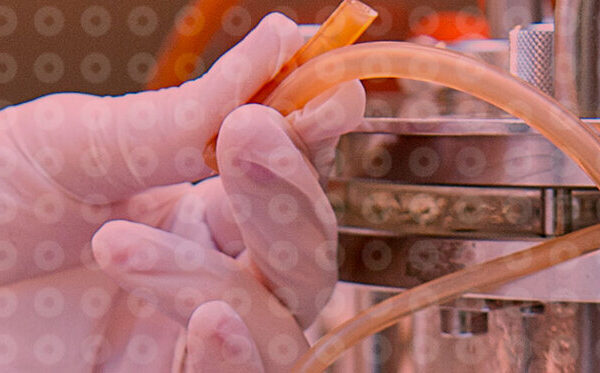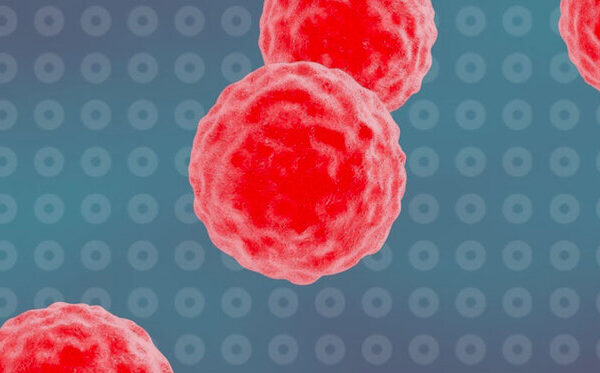
Introduction
Biomanufacturing, especially in the field of cell and gene therapies (CGTs) and vaccines, is undergoing rapid transformation. As the demand for these life-saving treatments grows, so does the need for efficient, consistent, and high-quality production. In this blog post, we explore key areas driving innovation in biomanufacturing, including real-time precision analytics, Process Analytical Technology (PAT), and recent FDA guidance focused on improved manufacturing processes and analytics for advanced therapies.
Real-Time Precision Analytics
The Challenge
Biomanufacturing processes are complex, involving intricate steps from cell culture to purification and formulation. Ensuring product quality, consistency, and yield is paramount. However, traditional batch-based monitoring and current quality control measures may not provide the real-time insights needed to ensure consistent high quality production to meet growing demand.
The Solution
Real-time precision cellular analytics offer a game-changing approach to improved process knowledge and better production outcomes. By integrating cell measurements, and multi variate analysis / machine learning, manufacturers can monitor critical parameters continuously. These analytics enable early detection of deviations, allowing timely adjustments/optimizations to maintain product quality. By integrating real-time monitoring and potency testing into complex biomanufacturing processes, manufacturers can enable better quality control measures that improve product quality and maintain efficacy throughout the manufacturing journey.
Process Analytical Technology (PAT)
The Challenge
PAT focuses on understanding and controlling manufacturing processes through timely measurements of critical quality attributes (CQAs) and critical process parameters (CPPs), improves quality, drives a risk mitigation approach, and is part of an effective quality by design (QbD) strategy. Today, the challenge in adopting PAT in biomanufacturing involves integrating new technologies into existing processes and overcoming perceived regulatory hurdles while fostering cultural shifts within organizations to fully embrace the transformative potential of these novel solutions.
The Solution
Leveraging novel analytics can take your processes to the next level
- Upstream Process Control: By utilizing real-time data, manufacturers can monitor critical cell-based parameters during cell culture, allowing for timely adjustments to optimize growth conditions which can contribute to the success of downstream processes. This approach ensures the maintenance of high cell fitness and product concentrations, ultimately leading to improved production quality and consistency.
- Comparability Studies: These studies allow manufacturers to assess the impact of manufacturing changes on product quality, ensuring that modifications such as process changes, scale-up, or raw material substitutions do not have adverse effects on the final product. By conducting comparability studies efficiently using a rapid PAT, manufacturers can maintain product consistency and quality while implementing changes, thus addressing a key challenge in the development and manufacturing of biologic medicines. Additionally, carefully selecting analytics that can be beneficial across both early process development and manufacturing and QC can be game changers in ensuring analytical assay consistency across key production phases.
FDA Draft Guidance on CMC and Comparability
The Challenge
Managing manufacturing changes for CGTs is complex due to their unique characteristics. The FDA’s draft guidance addresses this challenge and offers guidance on how to tackle these complexities and drive consistency.
The Solution
Key Recommendations
- Lifecycle Approach: Manage and report manufacturing changes based on a lifecycle perspective.
- Comparability Studies: Assess the effect of changes on product quality.
- Real-Time Release Testing: Use real-time data for release decisions.
The FDA emphasizes the importance of conducting routine potency assessments across the manufacturing process for CGTs as these life changing therapies and cures begin to reach scale. Ensuring consistent potency is critical for patient safety and product efficacy as well as maximizing production yields and ensuring manufacturing success. Beginning potency assessment as early as possible in the manufacturing process allows for efficiency and streamlining of important assay workflows. How are you evaluating starting materials? What robust cellular characterization analytics are you using before initiating production? Investing in advanced analytics that enable consistency and quality from the very start is a vital component in delivering a successful production run. Additionally, taking the time to identify which critical time points matter most in delivering robust potency is very important, this could be after transfection, expansion or purification steps. The development and adoption of robust real-time analytics that connect biological evidence through a precise and accurate potency assay can hold the keys to successful approvals and ensuring the delivery of these lifesaving therapies and cures to patients in need.
Conclusion
In conclusion, the rapid transformation of biomanufacturing, particularly in CGTs and vaccines, underscores the critical need for advanced analytics that improve manufacturing success and ensure that the growing demand for these life-saving treatments and cures are met. Real-time precision analytics and Process Analytical Technology (PAT) offer game-changing solutions to the complex challenges inherent in biomanufacturing processes. By integrating novel analytics and leveraging regulatory guidance, manufacturers can rapidly optimize processes, ensure production quality and consistency, and significantly improve product yields all while ensuring patient safety and efficacy. As the biopharmaceutical industry continues to evolve, embracing these innovative approaches will be essential for driving progress and delivering impactful therapies to patients worldwide.





